Disclosure: This article contains affiliate links. We may earn a commission from purchases at no extra cost to you, which helps our travel content.
The first time I visited Kansas City with my parents as a teenager, I was struck by how the city's barbecue tradition resembled the geological formations I'd come to love studying—layers upon layers of history, technique, and flavor, each one telling a story about time, place, and the people who shaped it. Now, returning as an adult with a methodical eye for both risk assessment and culinary adventure, I've mapped out what I believe is the definitive weekend barbecue exploration of Kansas City. This isn't just about finding good food; it's about understanding how Kansas City's barbecue scene represents an intersection of cultural preservation, innovation, and community—much like the plateaus and innovation districts I typically document. Whether you're a barbecue aficionado or simply curious about one of America's most distinctive culinary traditions, consider this your analytical yet warmhearted guide to navigating the smoke-filled landscape of Kansas City's legendary BBQ scene.
Understanding Kansas City BBQ: A Methodical Approach
Before diving into specific restaurants, it's essential to understand what makes Kansas City barbecue distinct—a framework I find helps appreciate the nuances of what you're experiencing, much like understanding a region's geological composition before hiking its trails.
Kansas City barbecue is characterized by several key elements that set it apart from other regional styles. First, there's the diversity of meats—unlike Texas (beef-focused) or Carolina (pork-centric), KC embraces it all: beef brisket, pork ribs, chicken, sausage, and even fish. Second is the slow-smoking process over various woods, primarily hickory and oak, creating that distinctive pink smoke ring. Third, and perhaps most famously, is the sauce—thick, tomato-based, and balanced between sweet, tangy, and spicy notes.
What fascinates me most is how Kansas City's barbecue tradition reflects its history as a stockyard hub and cultural crossroads. African American pitmasters fleeing Jim Crow laws brought their expertise here in the early 20th century, creating a barbecue scene in the Jazz District that would eventually define the city's culinary identity. Henry Perry, often called the 'Father of Kansas City Barbecue,' began selling slow-smoked meats wrapped in newspaper for 25 cents in 1908, laying the foundation for what would become an iconic American food tradition.
This history is preserved not just in recipes but in techniques passed through generations—a cultural preservation effort as significant as any historical landmark.
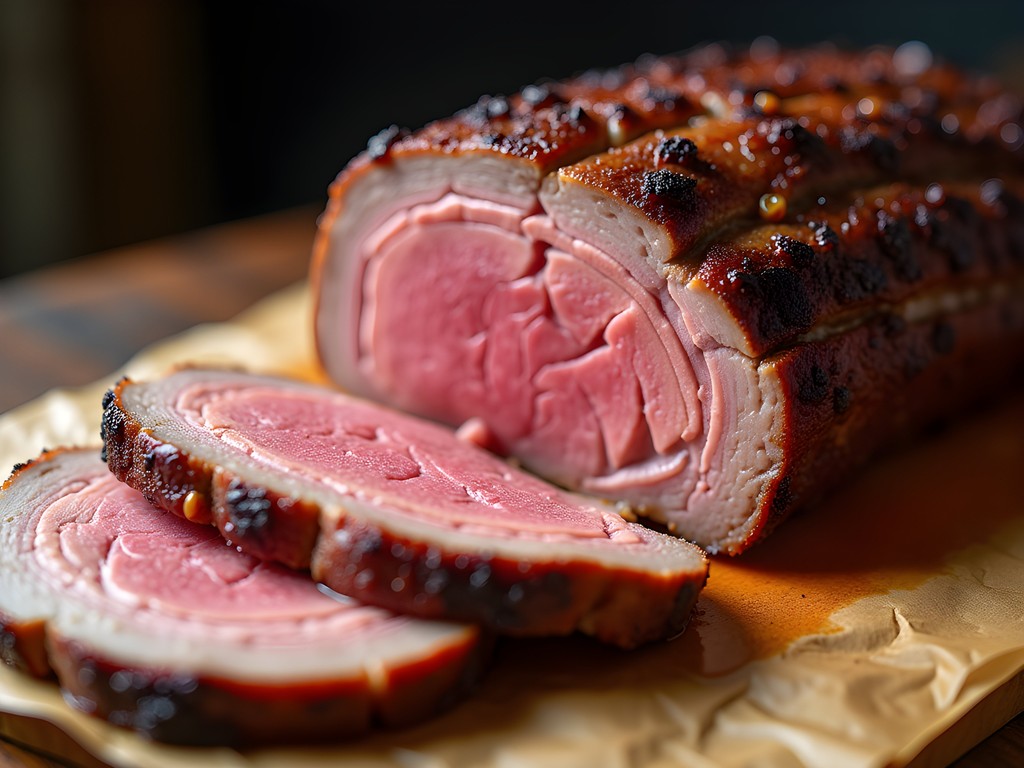
💡 Pro Tips
- Look for the smoke ring—that pink layer just beneath the exterior bark—as a sign of proper smoking technique
- Don't be afraid to try different sauce styles—some KC spots offer sweet, spicy, and tangy variations
- Understand that barbecue takes time—the best spots often sell out of popular items, so plan accordingly
The BBQ Institutions: Foundations of KC's Smoke-Filled Legacy
When planning a methodical exploration of Kansas City's barbecue scene, one must begin with the establishments that have defined the tradition—the bedrock, if you will, upon which the city's smoky reputation stands.
Arthur Bryant's remains perhaps the most historically significant stop on any BBQ tour. Walking into this no-frills institution in the 18th & Vine District feels like stepping back in time—formica tables, cafeteria-style service, and walls adorned with photos of famous visitors from presidents to celebrities. Their signature sandwich—thinly sliced brisket piled high on white bread with their original vinegar-based sauce—offers a direct connection to Henry Perry's original recipes through Arthur Bryant, who worked for Perry before establishing his own restaurant in the 1940s.
Equally important is Joe's Kansas City Bar-B-Que (formerly Oklahoma Joe's), operating out of a gas station in Kansas City, Kansas. The contradiction of world-class barbecue served in a functioning gas station perfectly encapsulates what I love about American food culture—innovation and excellence can emerge anywhere. Their Z-Man sandwich (brisket, smoked provolone, and onion rings on a kaiser roll) represents the creative evolution of tradition.
Gates Bar-B-Q offers another essential perspective with their distinctive greeting ('Hi, may I help you?') shouted the moment you enter, and a sauce that leans more toward spicy than sweet. The efficiency of their operation—a systematic approach to high-volume service—reminds me of the careful processes we implement in risk management, where precision matters.
Before setting out on your BBQ journey, I'd recommend documenting your experiences with a dedicated food journal to track your impressions of each establishment's unique approach to smoke, sauce, and technique—creating your own geological record of flavors that you can reference for future visits.

💡 Pro Tips
- Visit Arthur Bryant's original location for the most authentic experience
- At Joe's Kansas City, go early or be prepared to wait—lines regularly stretch out the door
- Order 'burnt ends' whenever available—these flavorful, caramelized brisket tips are a KC specialty and often sell out early
Hidden Gems: Beyond the BBQ Tourist Trail
While the established institutions provide essential context for understanding Kansas City barbecue, my analytical nature compels me to seek out the less-documented layers of this culinary landscape—the hidden gems that locals treasure but tourists often miss.
LC's Bar-B-Q operates from an unassuming building on Blue Parkway, where owner L.C. Richardson has been smoking meat since 1986. The tiny interior with its worn booths belies the magnificence of what emerges from their smokers. Their burnt ends—twice-smoked cubes of brisket point—achieve a perfect balance of bark (the caramelized exterior) and tender interior that exemplifies the scientific precision behind great barbecue. The sauce, served warm, has a complexity that reveals new flavor notes with each bite.
Harp Barbecue, operating as a weekend-only popup at Crane Brewing in Raytown, represents the new geological layer forming atop Kansas City's barbecue bedrock. Pitmaster Tyler Harp applies central Texas techniques to Kansas City traditions, creating brisket with a peppery bark that would impress even the most discerning Austin aficionado. What fascinates me is how this represents cultural evolution in real-time—traditions not fossilized but actively adapting.
Jones Bar-B-Q in Kansas City, Kansas, where sisters Mary and Deborah Jones continue their father's legacy, offers another perspective on preservation and adaptation. Featured on Netflix's 'Queer Eye,' they've maintained their father's techniques while finding new audiences. Their ribs exhibit that perfect balance between adherence to the meat and gentle pull-away that barbecue aficionados seek.
For those serious about documenting their barbecue journey, I've found my digital thermometer invaluable for understanding the relationship between temperature, time, and texture that defines great barbecue. When restaurant owners see my interest in the technical aspects of their craft, they often share insights about their smoking processes that casual diners miss.
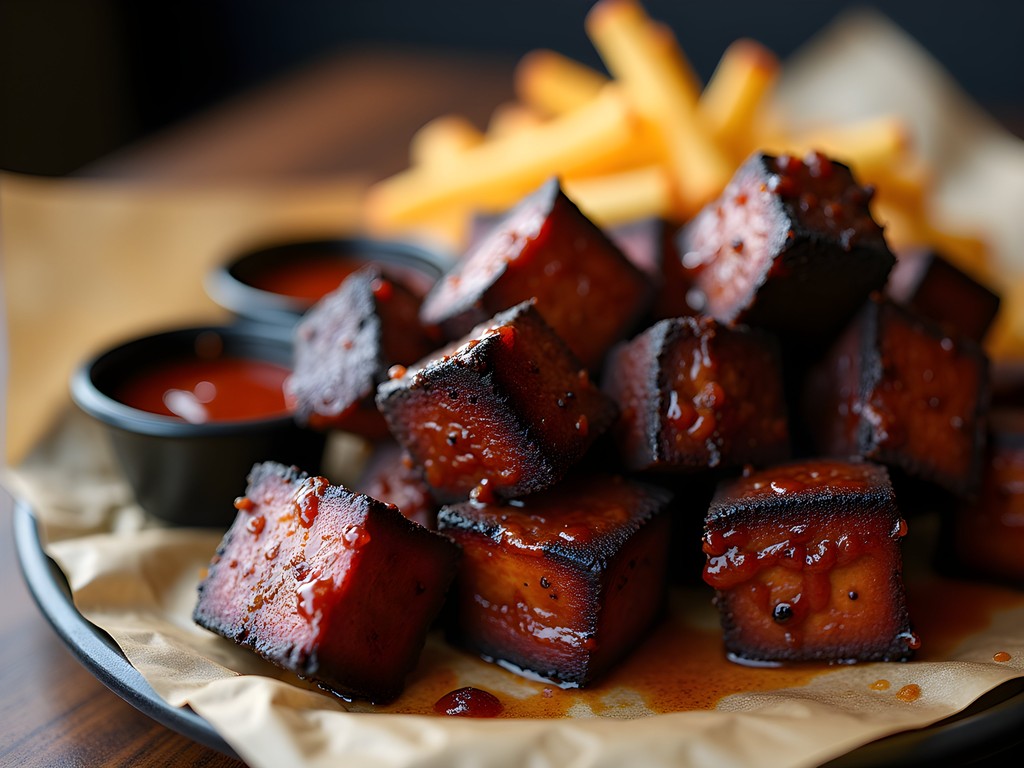
💡 Pro Tips
- Visit LC's early in the day for the best selection—they often sell out of burnt ends by mid-afternoon
- At Harp Barbecue, arrive at least 30 minutes before opening (11am on Saturdays) to secure a spot in line
- Jones Bar-B-Q sells their sauce by the bottle—it makes an excellent souvenir that captures their distinctive flavor profile
The Science of Sides: Completing Your BBQ Experience
In my methodical exploration of landscapes—whether geological formations or culinary traditions—I've learned that context matters enormously. Just as a plateau is best understood in relation to its surrounding terrain, Kansas City barbecue is incomplete without considering its traditional accompaniments.
Sides in Kansas City barbecue aren't mere afterthoughts but essential components that balance and complement the rich, smoky meats. The most ubiquitous is baked beans, often infused with burnt ends or brisket trimmings, creating a sweet-savory fusion that tells the story of resourcefulness—using every part of the meat in service of flavor. At Slap's BBQ in Kansas City, Kansas, their beans achieve an almost geological layering of flavors, with molasses depth supporting notes of smoke, pepper, and meat.
Cole slaw provides crucial acidic contrast, cutting through the richness of the meat. The best versions, like those at Q39, balance sweetness, acidity, and creaminess with precision that would impress any quality control specialist. Their apple slaw introduces unexpected crispness and fruity notes that elevate the entire meal.
Potato salad varies dramatically across establishments—from mustard-forward versions at Gates to creamier interpretations at Jack Stack. This diversity reflects the various cultural influences that have shaped Kansas City's culinary identity.
Perhaps most distinctive to Kansas City are cheesy corn and potato bakes—decadent, dairy-rich sides that seem designed specifically to counter the acidic tang of the sauce. At Jack Stack Barbecue, their cheesy corn bake achieves an almost transcendent quality, the sweetness of the corn playing against smoky notes in the cheese.
For home cooks inspired by these sides, I've found the enameled cast iron dutch oven indispensable for recreating Kansas City-style baked beans. The even heat distribution creates that perfect slow-cooked texture where the beans maintain their integrity while absorbing the complex flavors around them.

💡 Pro Tips
- Don't skip the sides—they're designed to balance and complement the rich meats
- Ask for sauce on the side to better appreciate both the meat's natural flavor and the sauce's complexity
- Try cheesy corn at multiple establishments to understand its range of interpretations—from simple to complex
Creating Your Strategic BBQ Crawl Itinerary
Approaching a Kansas City barbecue tour requires the same methodical planning I apply to exploring geological formations or innovation districts. Without structure, you risk both physical discomfort (from overconsumption) and missed opportunities. Here's my analytical approach to creating the perfect weekend BBQ itinerary:
Friday Evening: Historical Foundation
Begin your journey at Arthur Bryant's for dinner, arriving around 6:30 pm when the initial dinner rush has subsided. Order their mixed plate to sample multiple meats but focus particularly on the sliced brisket sandwich with original sauce. This establishes your historical baseline—the original flavor profile against which other experiences can be measured.
Saturday Morning: New School Innovation
Arrive at Joe's Kansas City (original gas station location) by 10:45 am—yes, before their 11:00 opening. Lines form early, especially on weekends. Order the Z-Man sandwich and ribs to understand how traditional techniques meet creative innovation. Their pulled pork also deserves attention for its textural perfection.
Saturday Afternoon: Hidden Gem Exploration
After a necessary digestive break (perhaps exploring the Nelson-Atkins Museum of Art), head to LC's Bar-B-Q around 3:00 pm for burnt ends and ribs. This off-peak timing helps avoid crowds while ensuring they haven't sold out of specialties.
Sunday Brunch: Elevated Experience
Complete your tour at Q39, representing Kansas City's modern barbecue movement, where classically trained chef Rob Magee applies competition barbecue techniques in a refined restaurant setting. Their brisket breakfast and burnt end burger offer morning-appropriate ways to experience their smoke mastery.
For documenting this culinary expedition properly, I rely on my compact camera rather than just smartphone photos. Its superior low-light performance captures the rich textures and colors of barbecue in often dimly-lit restaurant environments, creating a visual record as detailed as my tasting notes.
This structured approach ensures you experience the full spectrum of Kansas City barbecue—from historic institutions to modern interpretations—while maintaining both your appetite and appreciation for the nuances between establishments.

💡 Pro Tips
- Plan no more than two major barbecue stops per day to avoid palate fatigue
- Incorporate non-BBQ activities between meals to build appetite and appreciate Kansas City's other attractions
- Consider sharing plates with companions to sample more varieties without overindulging
Beyond Barbecue: Complementary Kansas City Experiences
While barbecue rightfully dominates Kansas City's culinary reputation, I've found that contextualizing this tradition within the broader cultural landscape enhances appreciation—much like understanding how a plateau fits within its larger geological context.
The American Jazz Museum in the historic 18th & Vine District offers essential context for Kansas City barbecue's development. This neighborhood, once the heart of African American cultural life in segregated Kansas City, saw the parallel evolution of jazz and barbecue traditions. The museum's exhibits on Count Basie, Charlie Parker, and other KC jazz legends help visitors understand how these two art forms—one musical, one culinary—emerged from the same cultural soil. After exploring the museum, Arthur Bryant's is just blocks away, creating a perfect cultural-culinary pairing.
The Nelson-Atkins Museum of Art provides an excellent digestive interlude between barbecue stops. Its sprawling sculpture garden, featuring oversized shuttlecocks by Claes Oldenburg, offers fresh air and gentle walking to stimulate appetite. Inside, the museum's collection spans global cultures and time periods, providing perspective on how traditions evolve and intersect—much like barbecue itself.
For those interested in the science behind barbecue, the Science City at Union Station offers interactive exhibits on combustion, smoke, and food chemistry that appeal to my analytical side. While not explicitly about barbecue, these exhibits enhance understanding of the thermodynamics and chemical reactions that transform tough cuts into tender delicacies.
The City Market on weekend mornings showcases the agricultural bounty that supports Kansas City's food scene. Local farmers, many of whom supply restaurants with produce for those essential side dishes, offer seasonal vegetables that provide insight into the region's agricultural traditions.
For documenting these experiences alongside your barbecue journey, I recommend the travel journal which provides ample space for both tasting notes and reflections on how these cultural experiences enhance your understanding of Kansas City's barbecue tradition.
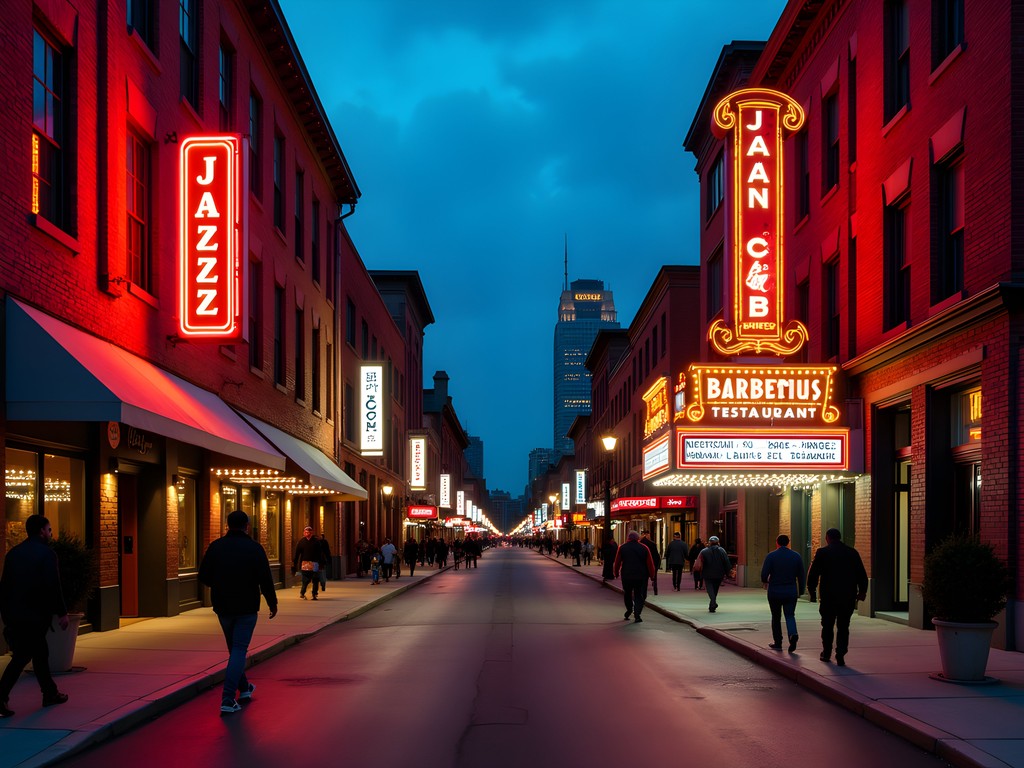
💡 Pro Tips
- Visit the American Jazz Museum and Arthur Bryant's on the same day to understand their historical connection
- Schedule the Nelson-Atkins Museum between barbecue stops for a digestive art break
- Explore the River Market neighborhood early Saturday for local produce and context about Kansas City's agricultural connections
Final Thoughts
Kansas City's barbecue landscape, like the geological formations I typically document, reveals its story through careful observation and systematic exploration. Each restaurant represents a layer in the city's culinary stratigraphy—from the foundational techniques of Arthur Bryant's to the innovative approaches at places like Q39 and Harp Barbecue. What makes this tradition particularly fascinating is how it continues to evolve while honoring its origins, much like how innovation districts build upon existing infrastructure while creating something new.
As you embark on your own Kansas City barbecue expedition, I encourage you to approach it with both analytical curiosity and heartfelt appreciation—noting the technical differences between smoking methods while also embracing the emotional connections these foods create. Document your journey, compare your experiences, and most importantly, engage with the people behind the pits who maintain this living tradition. In doing so, you'll gain not just memorable meals but a deeper understanding of how culinary traditions reflect and shape the communities that create them.
✨ Key Takeaways
- Kansas City barbecue is defined by diversity of meats, slow-smoking processes, and distinctive sauces that balance sweet, tangy and spicy notes
- Plan a strategic crawl that includes both historic institutions and innovative newcomers to understand the evolution of KC barbecue
- Don't overlook sides and complementary cultural experiences that provide context for barbecue traditions
- Document your barbecue journey methodically to compare and appreciate the nuances between establishments
📋 Practical Information
Best Time to Visit
Late spring through early fall (May-September)
Budget Estimate
$150-250 for a weekend BBQ crawl for two people
Recommended Duration
2-3 days
Difficulty Level
Beginner

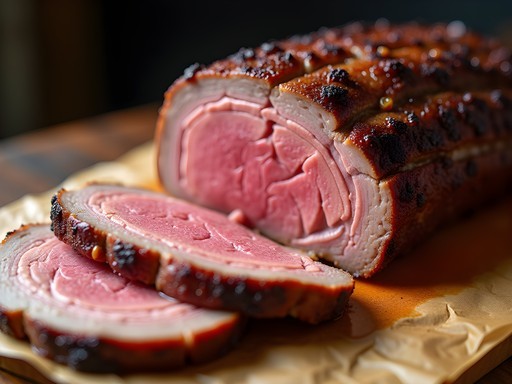
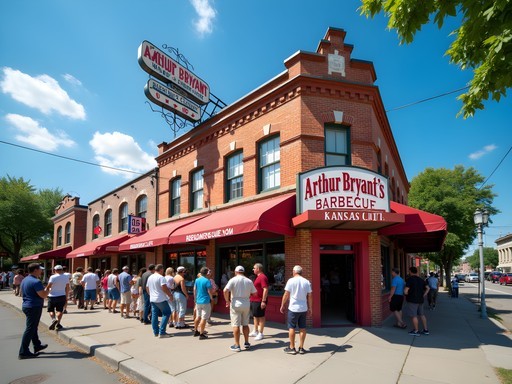
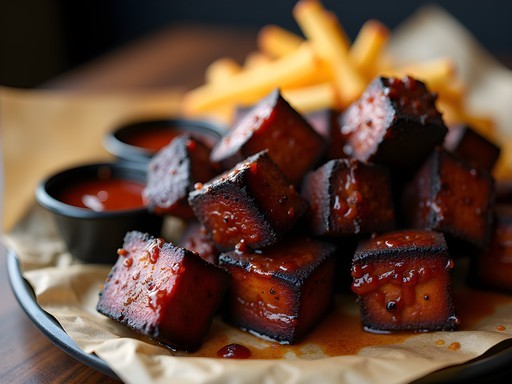
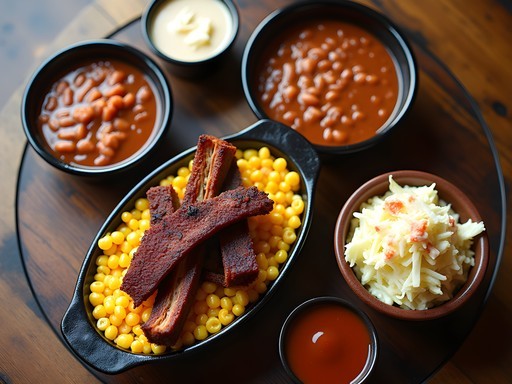
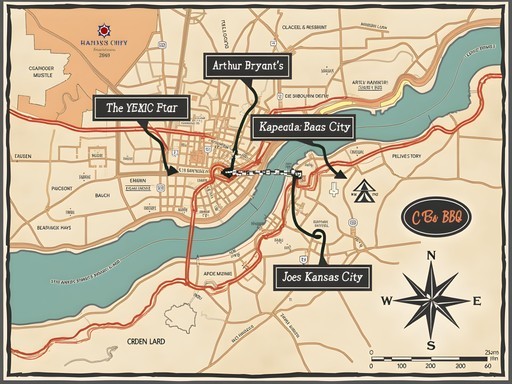
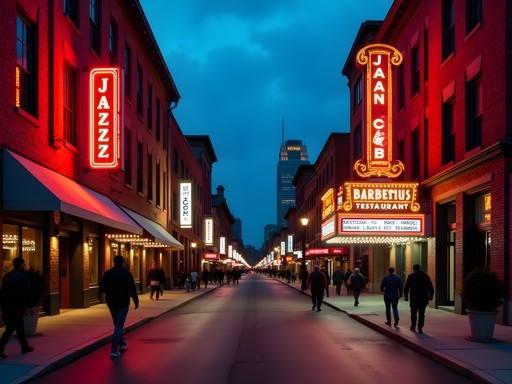




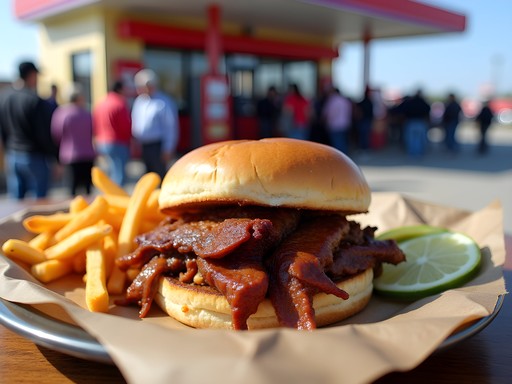
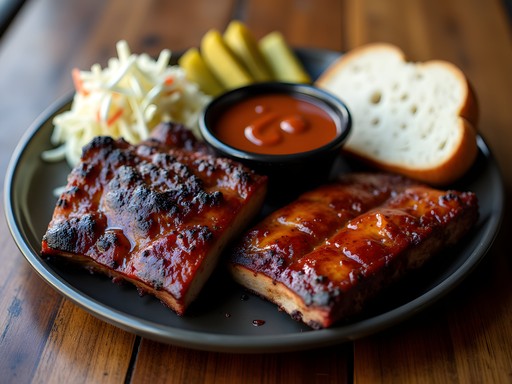
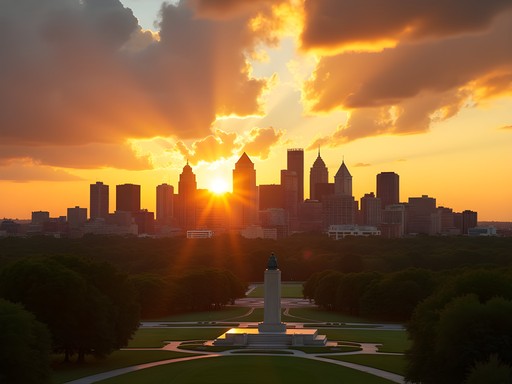
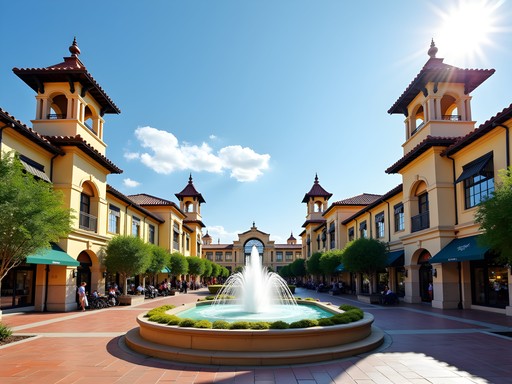


Comments
Haley Hamilton
Love this post, Sakura! I did a similar BBQ crawl last year but missed some of your hidden gems. That geological comparison is spot on - KC BBQ really does have distinct layers of flavor and history. My favorite discovery was actually LC's Bar-B-Q where this older gentleman at the counter gave me the entire history of KC sauce development while they sliced my brisket. I ended up buying a bottle of their sauce which lasted exactly one week in my house because I was putting it on EVERYTHING! Next time I'm bringing my food journal to take better notes on all the flavor profiles. Your section on sides is brilliant - the cheesy corn at Jack Stack changed my life!
starwanderer
LC's is so underrated! That sauce is legendary.
summertime
Those burnt ends look AMAZING! Drooling over here!
citychamp
Great post! I'm heading to KC next month for a weekend trip. Which of these spots would you say is most kid-friendly? My 8-year-old is picky but I really want to get her into good BBQ!
Sakura Rodriguez
Hi citychamp! I'd recommend Joe's Kansas City (the original gas station location) - they have great mac & cheese that kids love, and the casual atmosphere is perfect for families. The fries are also amazing!
citychamp
Thanks Sakura! Gas station BBQ sounds perfect actually - less pressure than a fancy sit-down place. Will definitely check it out!
nomadwalker
Just used this guide for my first ever KC BBQ experience and it was PERFECT! Followed your advice about the cheesy corn at Jack Stack - mind-blowing! Also, that tip about visiting Arthur Bryant's during off-hours saved us from a massive line. My husband couldn't stop talking about the bark on the ribs at Q39. We even found that little neighborhood spot you mentioned with the amazing potato salad. The way you described each place's unique smoking method helped us appreciate what we were tasting so much more. Already planning our return trip!
islandseeker3126
Love how you connected geology to BBQ! So creative!
oceanexplorer
Great guide! As a KC barbecue newbie, would you recommend starting with the institutions or diving right into the hidden gems? And what's the sauce etiquette - before tasting or after?
wanderlustvibes
Not the author but I'd say hit Gates and Joe's first to establish your baseline, then explore the hidden gems! And most locals will tell you to try the meat without sauce first, then add to taste.
oceanexplorer
Thanks for the tip! Will definitely try meat first, sauce second approach.
Taylor Moreau
Having visited KC numerous times for business, I've found your guide remarkably comprehensive, Sakura. One tip for business travelers with limited time: many of these establishments offer catering. I've successfully arranged for Q39 to deliver to conference rooms, allowing colleagues to experience authentic KC barbecue without sacrificing meeting schedules. The pulled pork from Jack Stack also travels surprisingly well when you need to impress clients. I'd recommend carrying a small bottle of travel stain remover - essential when enjoying ribs before important meetings!
islandseeker3126
That catering tip is genius! Never would have thought of that but makes so much sense for a business trip.
sunnyfan
Those burnt ends look AMAZING! 🤤🔥
Douglas Bradley
Sakura, your systematic approach to analyzing KC barbecue mirrors my own methodology when exploring culinary traditions. I particularly appreciate your section on the science of sides - an often overlooked component that can make or break the experience. I conducted a similar BBQ crawl last year and found the variance in smoke ring development fascinating across establishments using similar wood types. Your geological formation analogy is particularly apt; the cultural stratification of KC barbecue techniques tells a rich historical narrative. Have you considered exploring the temperature gradient variations across different smokers? That could be an interesting follow-up piece.
wanderlustvibes
Just got back from KC last week and this guide would've been SO helpful! We hit Joe's KC and Arthur Bryant's, but missed some of these hidden gems you mentioned. That geological layers metaphor is spot on - each BBQ joint has its own distinct history and flavor profile. The burnt ends at LC's were life-changing though! Definitely bookmarking this for next time.
nomadwalker
Were the lines at Joe's as crazy as everyone says? Going next month and trying to plan accordingly!
wanderlustvibes
YES! Get there at least 30 mins before opening if you're going for lunch. Worth every minute in line though!
Venture X
Premium card with 2X miles, $300 travel credit, Priority Pass